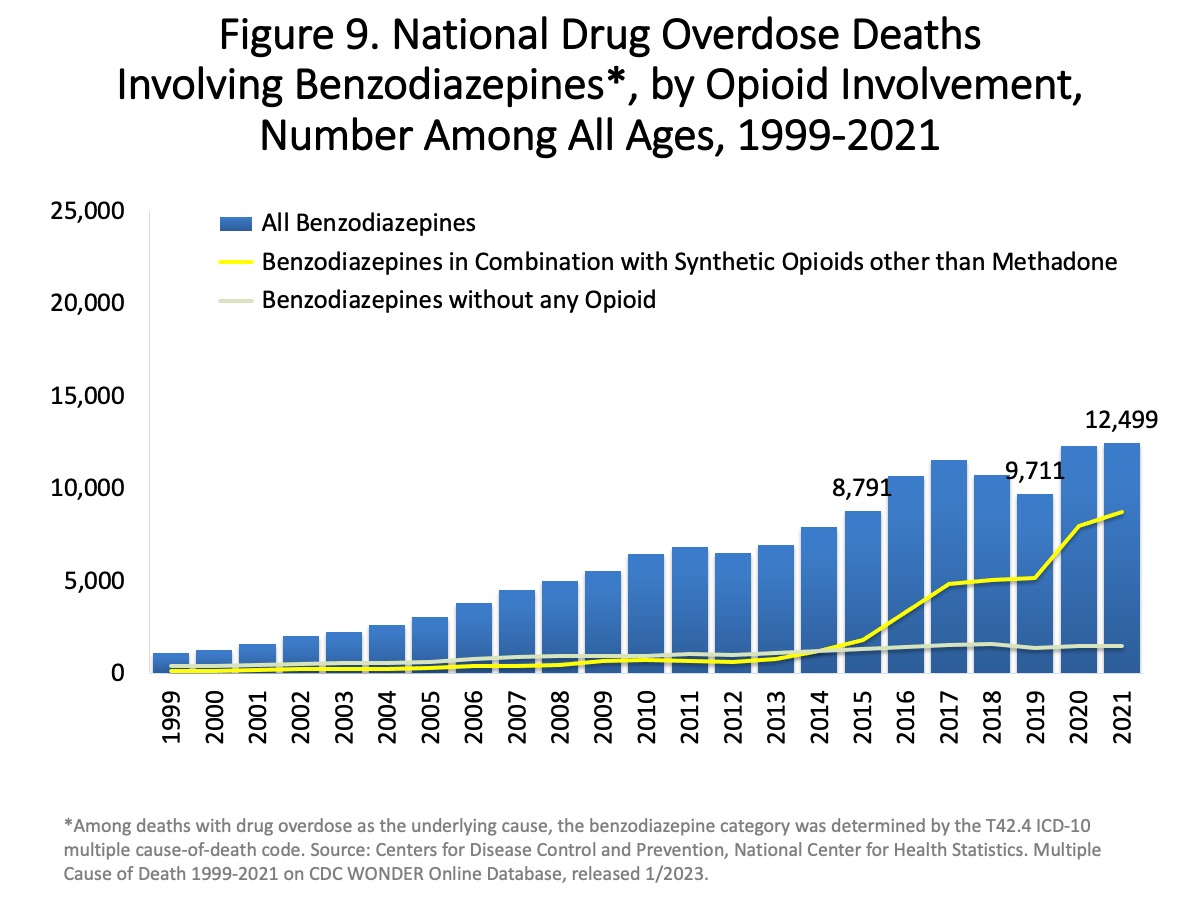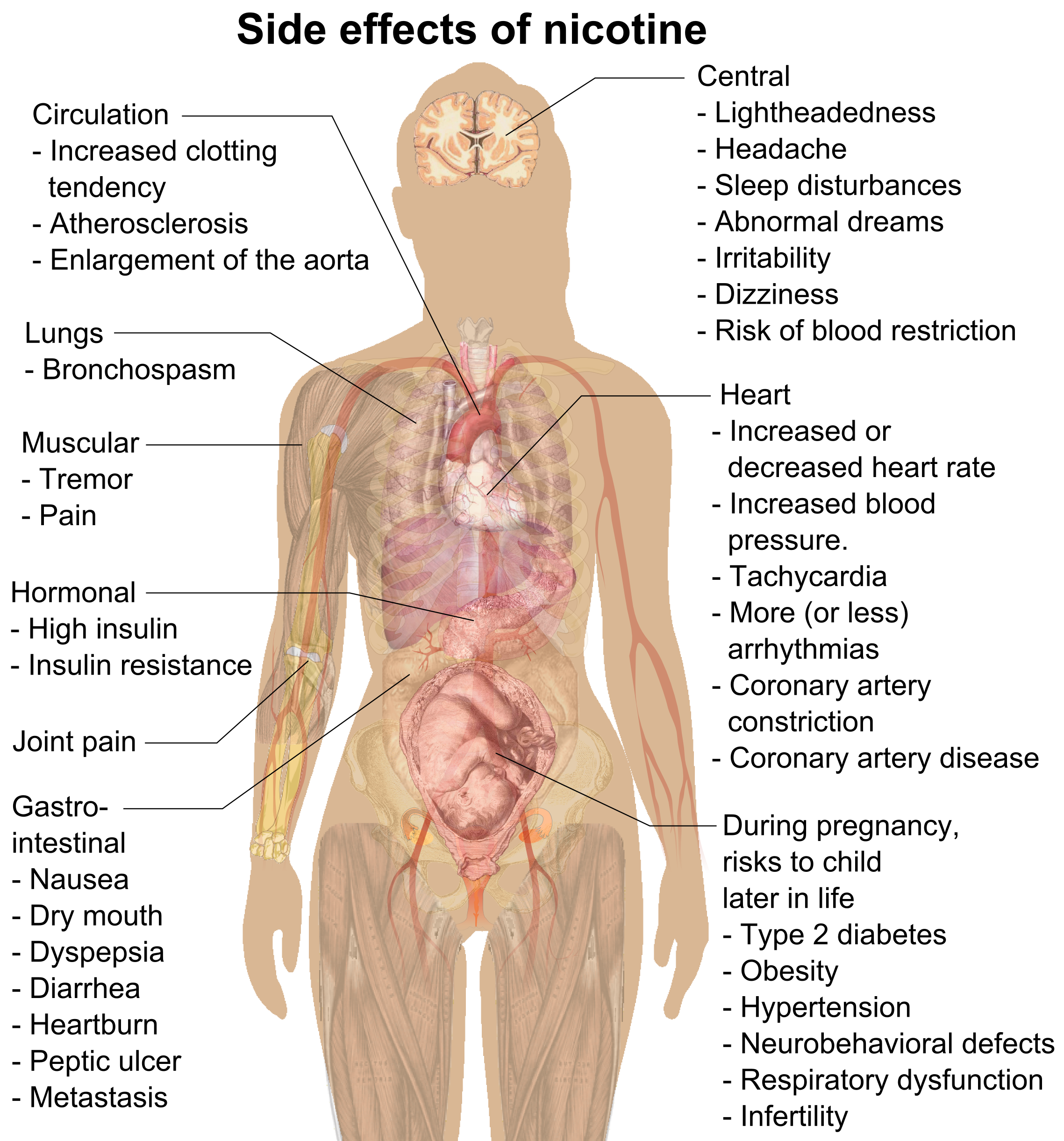|
Targin
Oxycodone/naloxone, sold under the trade name Targin and Targinact (in the UK) among others, is a combination pain medication. It is available as modified-release tablets and is taken by mouth. The oxycodone component is an opioid and is responsible for the pain-relieving effects. Naloxone opposes the effects of opioids but is poorly absorbed into the body when given orally, meaning almost all the dose stays within the gastrointestinal tract and reduces the local side effects from the oxycodone, namely constipation as the naloxone binds to the opioid receptors in the gut, preventing the opioid from attaching. This does not affect its analgesic efficacy compared to Oxycontin. Constipation was significantly relieved in a 2008 study. The drug was released in 2006 in Germany and is available in some other European countries since 2009. In the UK, the 10 mg oxycodone / 5 mg naloxone and 20 mg/10 mg strengths were approved in December 2008, and the 40 mg/20&nbs ... [...More Info...] [...Related Items...] OR: [Wikipedia] [Google] [Baidu] |
Oxycodone
Oxycodone, sold under various brand names such as Roxicodone and OxyContin (which is the extended release form), is a strong, semi-synthetic opioid used medically for treatment of moderate to severe pain. It is highly addictive and a commonly abused drug. It is usually taken by mouth, and is available in immediate-release and controlled-release formulations. Onset of pain relief typically begins within fifteen minutes and lasts for up to six hours with the immediate-release formulation. In the United Kingdom, it is available by injection. Combination products are also available with paracetamol (acetaminophen), ibuprofen, naloxone, naltrexone, and aspirin. Common side effects include euphoria, constipation, nausea, vomiting, loss of appetite, drowsiness, dizziness, itching, dry mouth, and sweating. Severe side effects may include addiction and dependence, substance abuse, irritability, depression or mania, delirium, hallucinations, hypoventilation, gastropare ... [...More Info...] [...Related Items...] OR: [Wikipedia] [Google] [Baidu] |
Percodan
Oxycodone/aspirin (trade name Percodan) is a combination drug marketed by Endo Pharmaceuticals. It is a tablet containing a mixture of 325 mg (5 grains) of aspirin and 4.8355 mg of oxycodone HCl (equivalent to 4.3346 mg of oxycodone as the free base); it is an opioid/non-opioid combination used to treat moderate to moderately severe pain. The safety of the combination during pregnancy has not been established, although aspirin is generally contraindicated during pregnancy, and the drug has been placed in pregnancy category D. Inactive ingredients include D&C Yellow 10, FD&C Yellow 6, microcrystalline cellulose, and corn starch. Percodan was first marketed by DuPont Pharmaceuticals and prescribed in the United States in 1950. Once a widely prescribed painkiller, it has largely been replaced by alternative oxycodone compounds containing paracetamol (acetaminophen) instead of aspirin, such as Percocet. Adverse effects Pharmacology The oxycodone component ... [...More Info...] [...Related Items...] OR: [Wikipedia] [Google] [Baidu] |
Opioid
Opioids are substances that act on opioid receptors to produce morphine-like effects. Medically they are primarily used for pain relief, including anesthesia. Other medical uses include suppression of diarrhea, replacement therapy for opioid use disorder, reversing opioid overdose, and suppressing cough. Extremely potent opioids such as carfentanil are approved only for veterinary use. Opioids are also frequently used non-medically for their euphoric effects or to prevent withdrawal. Opioids can cause death and have been used for executions in the United States. Side effects of opioids may include itchiness, sedation, nausea, respiratory depression, constipation, and euphoria. Long-term use can cause tolerance, meaning that increased doses are required to achieve the same effect, and physical dependence, meaning that abruptly discontinuing the drug leads to unpleasant withdrawal symptoms. The euphoria attracts recreational use, and frequent, escalating recreational ... [...More Info...] [...Related Items...] OR: [Wikipedia] [Google] [Baidu] |
Bioavailability
In pharmacology, bioavailability is a subcategory of absorption and is the fraction (%) of an administered drug that reaches the systemic circulation. By definition, when a medication is administered intravenously, its bioavailability is 100%. However, when a medication is administered via routes other than intravenous, its bioavailability is generally lower than that of intravenous due to intestinal endothelium absorption and first-pass metabolism. Thereby, mathematically, bioavailability equals the ratio of comparing the area under the plasma drug concentration curve versus time (AUC) for the extravascular formulation to the AUC for the intravascular formulation. AUC is used because AUC is proportional to the dose that has entered the systemic circulation. Bioavailability of a drug is an average value; to take population variability into account, deviation range is shown as ±. To ensure that the drug taker who has poor absorption is dosed appropriately, the bottom value ... [...More Info...] [...Related Items...] OR: [Wikipedia] [Google] [Baidu] |
Fentanyl/fluanisone
Fentanyl/fluanisone (trade name Hypnorm) is a veterinary combination drug consisting of fentanyl (a potent synthetic narcotic analgesic with a rapid onset and short duration of action) and fluanisone (a typical antipsychotic and sedative of the butyrophenone class) for use in mice, rats, rabbits and guinea pigs. See also * Hydrocodone/paracetamol * Hydrocodone/ibuprofen * Oxycodone/paracetamol * Oxycodone/aspirin * Oxycodone/naloxone Oxycodone/naloxone, sold under the trade name Targin and Targinact (in the UK) among others, is a combination pain medication. It is available as modified-release tablets and is taken by mouth. The oxycodone component is an opioid and is respo ... * Morphine/naltrexone References Veterinary drugs Combination analgesics {{analgesic-stub ... [...More Info...] [...Related Items...] OR: [Wikipedia] [Google] [Baidu] |
Morphine/naltrexone
The drug combination morphine/naltrexone (trade name Embeda) is an opioid combination pain medication developed by King Pharmaceuticals for use in moderate to severe pain. The active ingredients are morphine sulfate and naltrexone hydrochloride; morphine being an opioid receptor agonist and naltrexone an opioid receptor antagonist. It is a schedule 2 controlled substance, and is intended for long-term pain caused by malignancy or where lower tiers of the pain management ladder have already been exhausted, and where medications such as oxycodone would otherwise have been indicated. King Pharmaceuticals temporarily recalled Embeda in 2011 after complaints from the FDA in regard to King Pharmaceuticals omitting information regarding the potentially fatal reaction if crushed and swallowed and also for making unsubstantiated claims regarding Embeda's reduced abuse potential. Embeda became available again some years later. See also *Hydrocodone/paracetamol *Hydrocodone/ibuprofen *O ... [...More Info...] [...Related Items...] OR: [Wikipedia] [Google] [Baidu] |
Oxycodone/paracetamol
Oxycodone/paracetamol, sold under the brand name Percocet among others, is a fixed-dose combination of the opioid oxycodone with paracetamol (acetaminophen), used to treat moderate to severe pain. In 2020, it was the 69th most commonly prescribed medication in the United States, with more than 10million prescriptions. History The United States Food and Drug Administration (FDA) first approved Percocet in 1976, under application ANDA 085106. Society and culture Implicated in deaths In June 2009, an FDA advisory panel recommended that Percocet, Vicodin, and every other combination of acetaminophen with narcotic analgesics be limited in their sales because of their contributions to an alleged 400 acetaminophen-related deaths in the U.S. each year, that were attributed to acetaminophen overdose and associated liver damage. In December 2009, the '' Canadian Medical Association Journal'' reported a study finding a fivefold increase in oxycodone-related deaths in Ontario (mos ... [...More Info...] [...Related Items...] OR: [Wikipedia] [Google] [Baidu] |
Hydrocodone/ibuprofen
Hydrocodone/ibuprofen (INNs), sold under the brand name Vicoprofen, is a fixed-dose combination analgesic medication used in short-term therapy to relieve severe pain. Vicoprofen combines the analgesic and antitussive properties of hydrocodone with the analgesic, anti-inflammatory, and antipyretic properties of ibuprofen. In contrast to hydrocodone/acetaminophen combination analgesics such as Vicodin, this hydrocodone/ibuprofen avoids some of the liver toxicity which may occur from acetaminophen, but still presents significant dangers in hydrocodone overdose, namely respiratory depression. Vicoprofen is supplied in a fixed dose combination tablet which contains hydrocodone bitartrate, USP 7.5 mg with ibuprofen, USP 200 mg. Additional strengths of generic Vicoprofen are now available, in combinations of 5 mg/200 mg and 10 mg/200 mg respectively. Medical uses Hydrocodone/ibuprofen has a labeled indication for "short-term (generally <10 days) mana ... [...More Info...] [...Related Items...] OR: [Wikipedia] [Google] [Baidu] |
Hydrocodone/paracetamol
Hydrocodone/paracetamol (also known as hydrocodone/acetaminophen) is the combination of the pain medications hydrocodone and paracetamol (acetaminophen). It is used to treat moderate to severe pain. It is taken by mouth. Recreational use is common in the United States. Common side effects include dizziness, sleepiness, constipation, and vomiting. Serious side effects include addiction, decreased rate of breathing, low blood pressure, serotonin syndrome, severe allergic reactions, and liver failure. Use during pregnancy may harm the fetus. Use with alcohol is not recommended. Hydrocodone works by binding to the mu-opioid receptor. How paracetamol works is unclear but may involve blocking the creation of prostaglandins. Hydrocodone/paracetamol was approved for medical use in the United States in 1982. In the United States, it is a schedule II controlled substance. In 2020, it was the sixteenth most commonly prescribed medication in the United States, with more than 30mil ... [...More Info...] [...Related Items...] OR: [Wikipedia] [Google] [Baidu] |
Side Effect
In medicine, a side effect is an effect, whether therapeutic or adverse, that is secondary to the one intended; although the term is predominantly employed to describe adverse effects, it can also apply to beneficial, but unintended, consequences of the use of a drug. Developing drugs is a complicated process, because no two people are exactly the same, so even drugs that have virtually no side effects, might be difficult for some people. Also, it is difficult to make a drug that targets one part of the body but that does not affect other parts, the fact that increases the risk of side effects in the untargeted parts. Occasionally, drugs are prescribed or procedures performed specifically for their side effects; in that case, said side effect ceases to be a side effect and is now an intended effect. For instance, X-rays were historically (and are currently) used as an imaging technique; the discovery of their oncolytic capability led to their employ in radiotherapy (ablation of ... [...More Info...] [...Related Items...] OR: [Wikipedia] [Google] [Baidu] |
Constipation
Constipation is a bowel dysfunction that makes bowel movements infrequent or hard to pass. The stool is often hard and dry. Other symptoms may include abdominal pain, bloating, and feeling as if one has not completely passed the bowel movement. Complications from constipation may include hemorrhoids, anal fissure or fecal impaction. The normal frequency of bowel movements in adults is between three per day and three per week. Babies often have three to four bowel movements per day while young children typically have two to three per day. Constipation has many causes. Common causes include slow movement of stool within the colon, irritable bowel syndrome, and pelvic floor disorders. Underlying associated diseases include hypothyroidism, diabetes, Parkinson's disease, celiac disease, non-celiac gluten sensitivity, colon cancer, diverticulitis, and inflammatory bowel disease. Medications associated with constipation include opioids, certain antacids, calcium channel b ... [...More Info...] [...Related Items...] OR: [Wikipedia] [Google] [Baidu] |
Analgesic
An analgesic drug, also called simply an analgesic (American English), analgaesic (British English), pain reliever, or painkiller, is any member of the group of drugs used to achieve relief from pain (that is, analgesia or pain management). It is typically used to induce cooperation with a medical procedure. Analgesics are conceptually distinct from anesthetics, which temporarily reduce, and in some instances eliminate, sensation, although analgesia and anesthesia are neurophysiologically overlapping and thus various drugs have both analgesic and anesthetic effects. Analgesic choice is also determined by the type of pain: For neuropathic pain, traditional analgesics are less effective, and there is often benefit from classes of drugs that are not normally considered analgesics, such as tricyclic antidepressants and anticonvulsants. Various analgesics, such as many NSAIDs, are available over the counter in most countries, whereas various others are prescription drugs owi ... [...More Info...] [...Related Items...] OR: [Wikipedia] [Google] [Baidu] |





